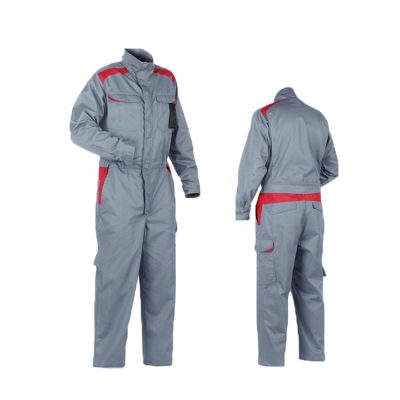Since people in the machinery industry often walk back and forth near the machine, the autumn work clothes must have wear-resistant and strong requirements, preferably darker colors. And if it’s tight, it won’t be entangled by the machine.
Those engaged in the chemical industry need to wear thick, anti-corrosion autumn overalls, and also need to wear gloves and overshoes to avoid injury. If necessary, wear rubber overalls with helmets that can be isolated from the outside world.
Friends engaged in the agricultural industry can use ordinary light-colored coarse cloth work clothes. It should be noted that the neckline, cuffs, and ankles must be tightened to prevent pests.
Cooking staff and food workers must wear white work uniforms, work clothes with buckles on the back, work clothes that are longer than knees, cuffs can be fastened, and wear hats and masks to enhance cleanliness and prevent food from being contaminated.
When working under high temperature, you should choose white or light-colored overalls. The fabric should be thick and soft. In order to prevent heat radiation from burning your skin, you should also choose thicker long-sleeved clothes and trousers, and wear gloves and even a mask. Foot guards, etc.
Fabric selection
It takes several days to understand the style, fabric, size, etc. of autumn work clothes. The autumn breeze is cool, and autumn workwear requires the windproofness of the fabric. You can choose a relatively dense fabric. The temperature is lower in the morning and evening in autumn. Warmth retention is also an issue that must be considered. Fabrics with relatively low thermal conductivity have better warmth retention. Also need to consider the breathability of clothing. The style of work clothes can be selected according to the work content of the company and the corporate culture, and the number and quantity need to be budgeted in advance according to the number of employees.

































